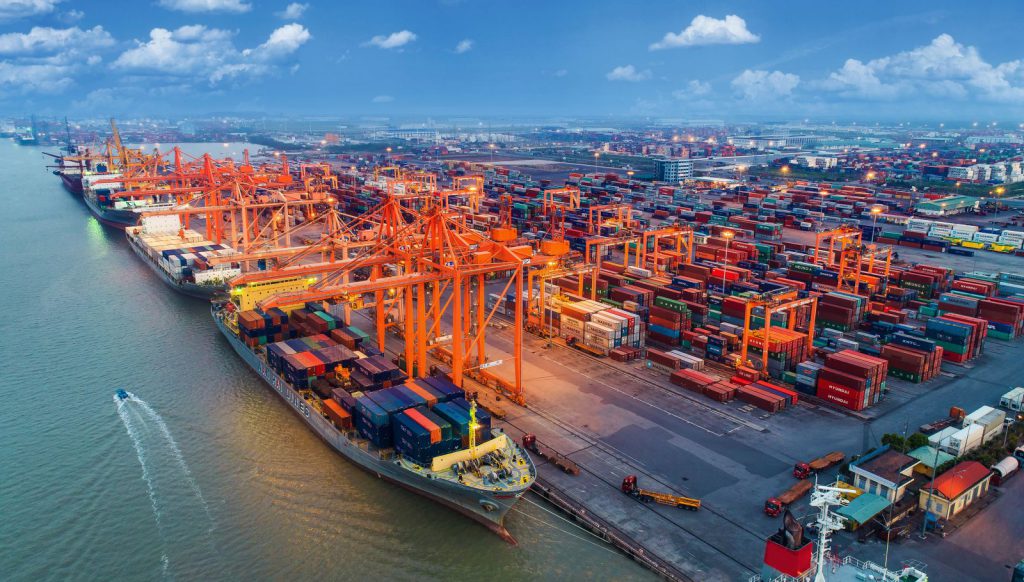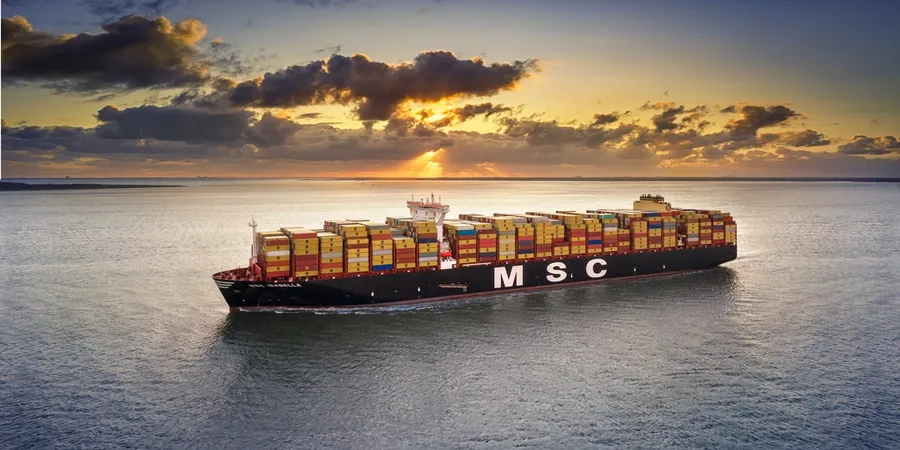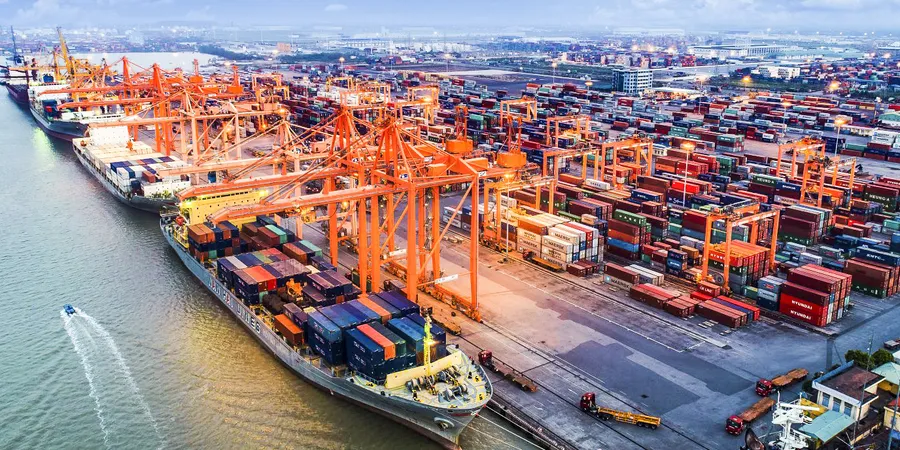IMPORT RATES FROM CHINA AT THE END OF 2024
Due in part to the influence of the peak season, freight prices from China have remained high in recent months. This has had a significant effect on global supply chains in addition to import-export enterprises.
In recent months, freight rates from China have remained high, partly due to the impact of the peak season. This has not only affected import-export businesses but also had a strong impact on global supply chains. So why are import rates continuing to rise, and how will this affect the economy and businesses?
1. Peak season and strong demand
Entering the peak season, international trade activities, especially from China, often have a sudden increase. This peak season lasts from September to the end of the year, when Chinese manufacturers prepare for large orders, especially during the Lunar New Year holiday and the year-end shopping season. The surge in import demand from other countries has caused shipping routes, especially through major ports such as Shanghai, Ningbo, Qingdao and Shenzen, to become overloaded.
The surge in orders has increased the volume of goods to be transported, leading to higher transport requirements. In turn, shipping rates will increase due to competition for space on container ships and limited availability of ships.
2. Shortage of containers and ships
Another important factor affecting the increase in freight rates is the shortage of empty containers and ships. After the disruption of the supply chain due to the COVID-19 pandemic, the international shipping industry is still in the process of recovering. The shortage of containers and ships has caused rental rates to increase, especially at a time when demand for shipping is soaring.
In addition, major ports such as those in China are still facing congestion. This has led to longer shipping times and higher costs. Therefore, businesses have to accept paying higher freight rates to ensure delivery progress.
3. Impact on import-export businesses
High import freight rates directly affect import-export businesses. In particular, businesses that depend on transporting goods from China - the largest export country - will face increased shipping costs. This not only reduces their profits but can also affect their competitiveness in the market.
4. Forecast and solutions to mitigate the impact
Although current freight rates remain high, it is forecast that this situation may last until early next year, when orders decrease after the peak season. However, experts say that the transportation industry will not quickly recover to pre-pandemic levels. Therefore, businesses need to prepare long-term plans to cope with this fluctuation.





